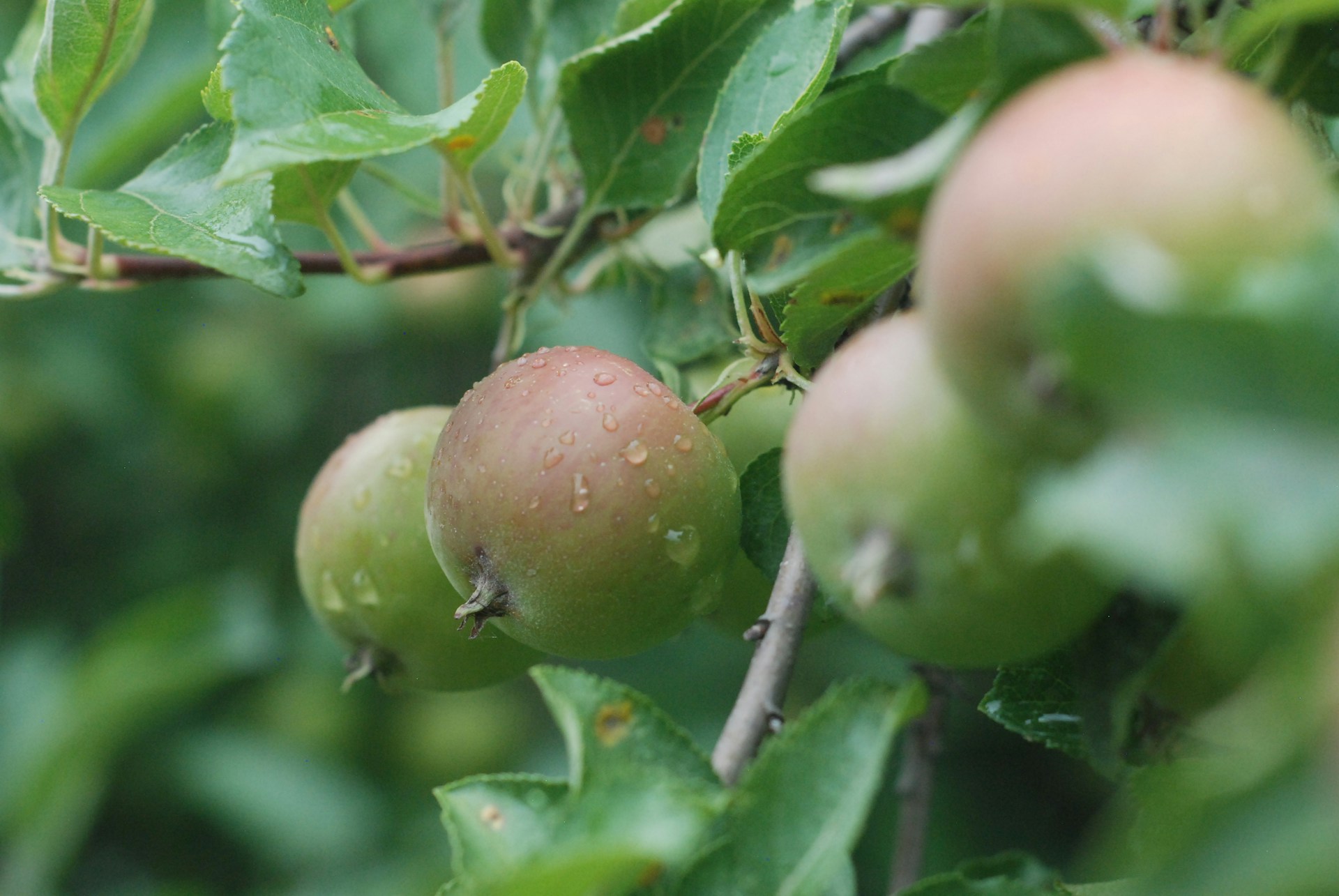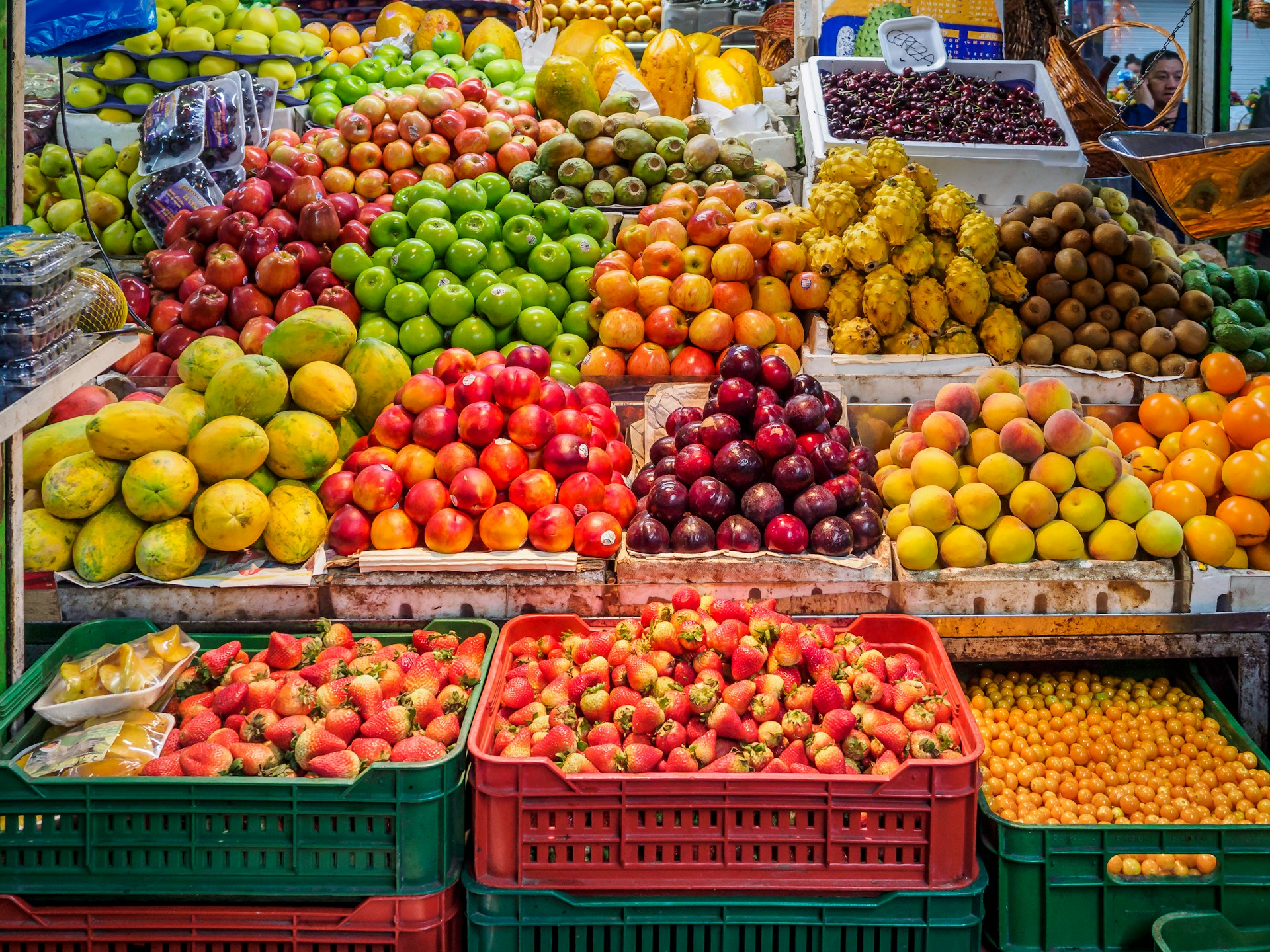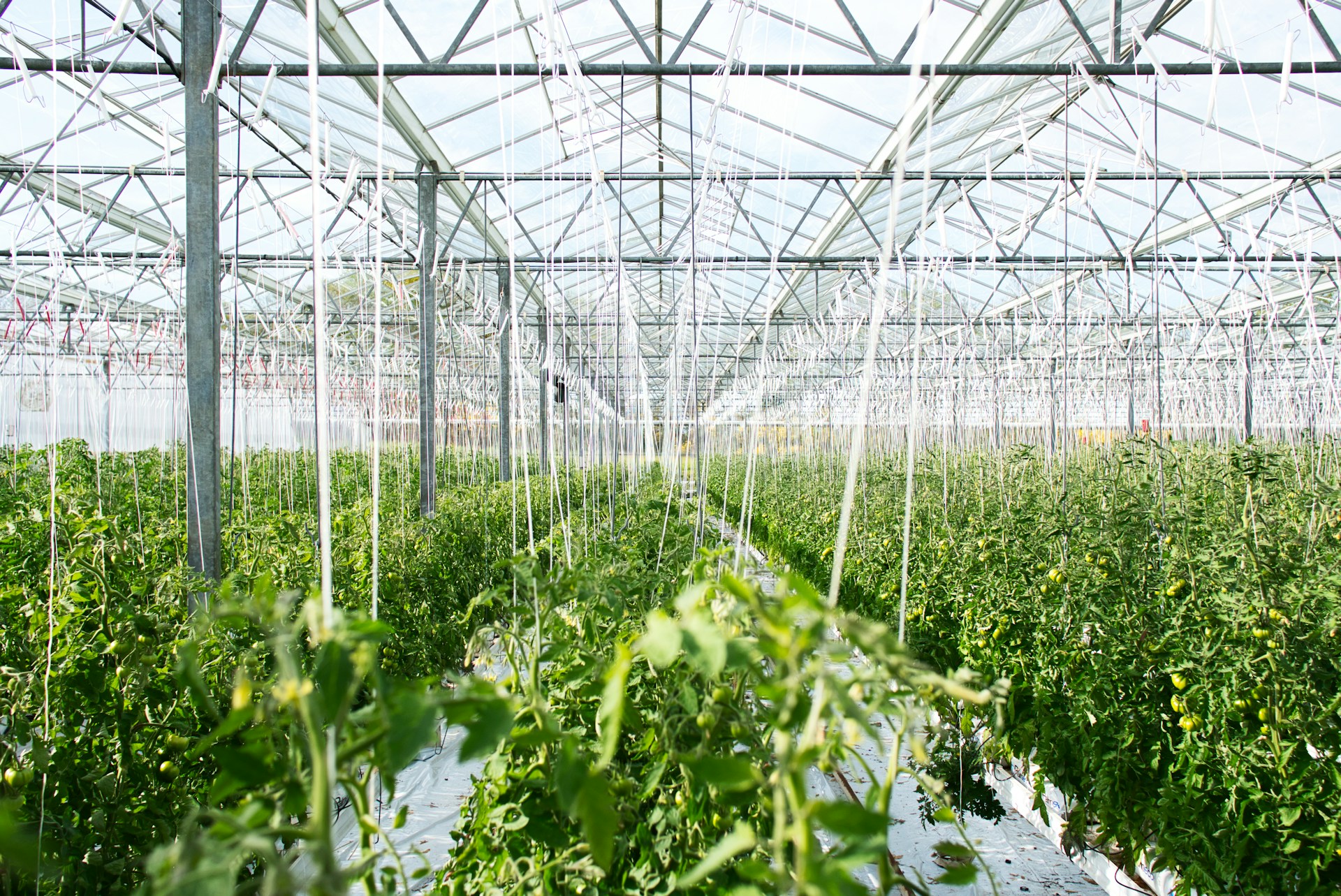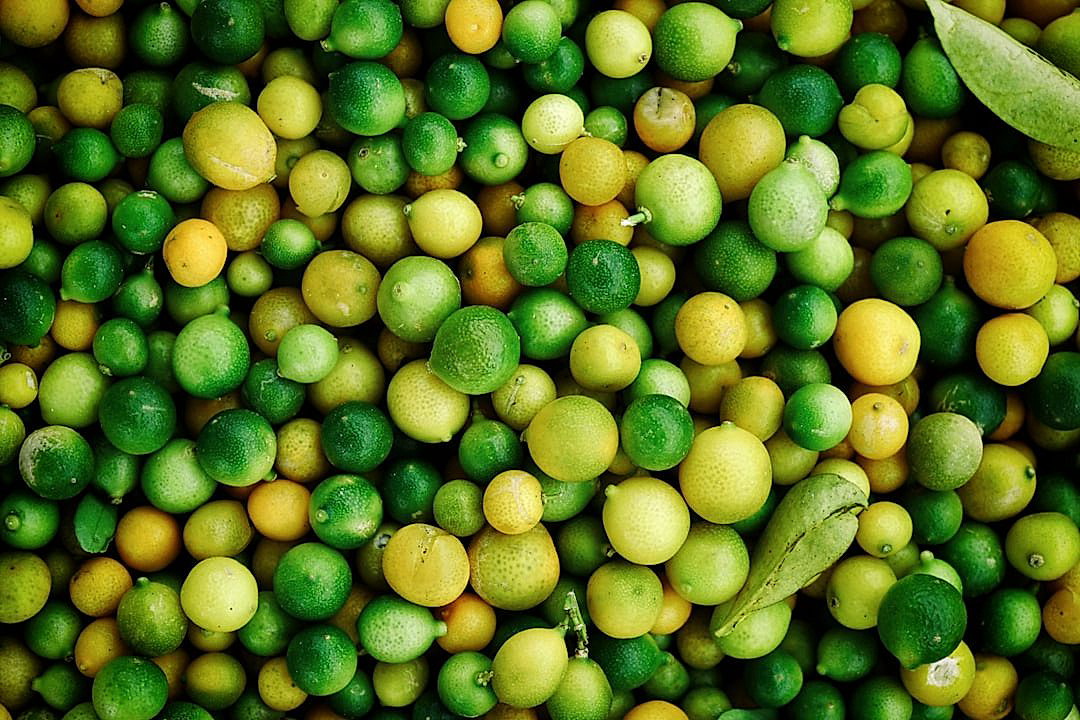In the evolving landscape of the global food industry, the manner in which our fruits and vegetables are packaged is drastically changing.
This shift is not by chance or trend, but primarily driven by an increasingly ecologically conscious consumer market.
As a result, businesses are compelled to innovate and adapt their packaging strategies.
These changes aim to reduce the environmental strain resulting from production and disposal of packaging materials.
The focus on sustainability within the supply chain is more pronounced now than ever before.
This blog will delve into this phenomenon, examining the key environmental factors influencing these crucial business decisions.
Environmental Trends Shaping Produce Packaging Choices
1. Increased focus on biodegradable packaging materials
The global expansion of environmental consciousness has brought forth a notable change in packaging materials utilized for produce.
Presently, there’s an amplified attention on using biodegradable packaging materials.
This increased focus is majorly due to the potential advantages they offer over conventional packaging materials.
One principal advantage is that biodegradable materials inevitably degrade over time, causing less harm to the environment.
They act as a potential solution to the burgeoning global plastic waste dilemma, thus offering a more sustainable and environmentally friendly option.
Packaging material manufacturers are now investing heavily in research and development to produce efficient and effective biodegradable packaging materials.
However, producers and consumers alike should be privy to the fact that not all biodegradable materials are created equal.
It’s essential to ensure that these materials are only disposed of in appropriate composting conditions.
Despite the growth, the biodegradable packaging market isn’t without its unique challenges.
One of the principal challenges includes the high cost of manufacturing biodegradable packaging materials compared to traditional options.
Moreover, limited awareness about the benefits of biodegradable packaging among consumers also hampers market growth.
Nonetheless, the trend for biodegradable packaging materials shows no signs of abating as more and more consumers and manufacturers continue to prioritize environmental health over cost and convenience.
Progressively, companies are sourcing materials that are more sustainable and at the same time efficient in their packaging needs.
Therefore, the future of packaging, especially in the produce industry, seems to be steering towards biodegradable alternatives – a trend that is expected to shape the packaging industry for years to come.
2. Rising demand for compostable produce bags.
The environmental concerns evoked globally have led to the increased demand for compostable produce bags.
These bags are seen as a strategic approach to minimize negative impacts on the environment.
They are made from plant-based materials like cornstarch and wheat, thereby reducing the use of traditional plastic.
Such biodegradable materials are not only eco-friendly but also help contribute to a sustainable and circular economy.
Compostable, when disposed of correctly, they decompose within a short span, leaving no visible or toxic residues.
This burgeoning consumer trend reflects a broader societal shift towards adopting environmentally-friendly practices.
Increasingly, retail outlets across the globe are offering these bags to customers as an eco-conscious alternative to conventional plastic bags.
Furthermore, conscious consumerism trends underscore the importance of sustainable packaging in purchasing decisions.
Market demand for compostable produce bags has surged, indicating a higher awareness among consumers about the devastating effects of plastic pollution.
Governments too, across the world, are implementing stringent regulations against the use of single-use plastic products, thereby facilitating the adoption of compostable produce bags.
Brands are also stressing on the incorporation of these bags into their packaging solutions, with the goal of improving their environmental footprint.
Investments in researching and developing more innovative, cost-effective biodegradable and compostable materials are also being observed to boost this trend.
An additional factor that augments this trend is that compostable produce bags are not just beneficial for the environment, but also for agricultural soil- due to their ability to enrich soil composition.
Though they might be slightly more expensive than traditional plastic bags, the holistic environmental benefits they offer justify their price.
The rise in demand for compostable produce bags is not just a fad, but a substantial movement towards the betterment of our planet.
As steps are taken towards a more sustainable future, compostable produce bags will certainly play a large role, symbolizing a considerate and responsible approach towards maintaining the Earth’s health.
3. Preference for recyclable plastic packaging.
One emerging trend in the field of produce packaging is the growing preference for recyclable plastic packaging.
For years, plastics have been the preferred choice for packing fresh fruits and vegetables mainly due to their versatility and efficiency.
However, the environmental implications of single-use plastics are leading consumers and businesses alike to look for sustainable alternatives.
Today, the paradigm has shifted towards the use of recyclable plastic packaging, an option that combines the functionalities of traditional plastic with an environmentally responsible twist.
This preference for recyclable plastic packaging stems from the realization that we can enjoy the benefits of plastic, such as its durability and protective properties, without necessarily contributing to the waste problem.
In recent years, manufacturers have been developing innovative plastic materials that can be repurposed after their initial use.
These advances include the production of recycled PET (polyethylene terephthalate), a common plastic material that is now made from post-consumer waste.
Moreover, there is also a surge in the use of recyclable plastic trays and clamshells for packing fresh produce.
Such packaging options are not only lightweight and protective but are also designed to be easily sorted and processed at recycling facilities.
Undoubtedly, the move towards recyclable plastic packaging is a sign of the wider acceptance and recognition of the need for sustainable practices in the produce industry.
However, consumer and industry adoption of this trend is not without its challenges.
One of these is the issue of recycling infrastructure, as not all areas have adequate facilities and systems for sorting and processing plastic waste.
Plus, there is also a need for a broader consumer education to make sure that these packages end up in the appropriate recycling bins and not in landfills.
Despite these hurdles, the preferential shift towards recyclable plastic packaging underscores a strong commitment to upholding environmental responsibility in the produce sector.
Looking forward, it is expected that manufacturers, retailers, and consumers would continue to explore and embrace various forms of recyclable plastic packaging for their fresh produce.
4. Demand for Reduction in Packaging Waste
Currently, the world is experiencing a significant increase in the demand for a reduction in packaging waste.
Consumers, governments, and organizations are more aware of the environmental impacts of packaging waste than ever before.
The proliferation of plastic waste has brought about dire environmental consequences, sparking a global outcry for change.
The desire for profound change is driving market trends in the produce packaging industry.
Produce packaging industries are hence, urgently pressed to develop and implement innovative strategies that not only protect products but also foster sustainability.
This urgency has stimulated industrial research towards finding viable solutions that would substantially cut down packaging waste.
These solutions range from using minimalist packaging designs to innovating completely biodegradable packaging materials.
In this regard, a dramatic shift has been observed in the procurement strategies of many companies towards sourcing packaging materials that generate less waste.
Moreover, businesses are not just reducing the physical amount of packaging, but are also focusing on creating durable packaging that can withstand multiple uses.
Such actions not only reduce the overall production of waste, but also promote cost savings for businesses and consumers alike.
The demand for packaging waste reduction also plays a significant role in the shift to recyclable and compostable packaging alternatives.
These eco-friendly alternatives are being viewed as a game-changer in the produce packaging industry.
Innovative compostable packaging, for example, can not only hold produce during transit but also seamlessly decompose back into the soil at the end of its lifespan.
Ultimately, the demand for packaging waste reduction is not merely an environmental concern but also a socio-economic issue that is fundamentally restructuring the produce packaging industry.
Overall, the increasing pressure to reduce packaging waste is driving a dynamic shift in the produce packaging industry that is shaping it towards a more sustainable future.
5. Shift towards using renewable packaging materials
The emerging trend towards using renewable materials for packaging is undeniably shaping the future of the produce sector.
With mounting pressures on preserving our environment, industries are increasingly adopting sustainable practices.
One of these practices has been the shift towards renewable resource-based packaging, an answer to the environmental crisis we are facing today.
The utilization of such materials has grown steadily and now constitutes an integral element of the sustainable marketing strategies of numerous produce businesses.
Renewable packaging materials not only offer a sustainable solution, but they also promote the circular economy by making materials reusable, thereby cutting down on waste.
This adoption of renewable packaging also directly aligns with consumers’ growing awareness and concern for the environment.
Consumers are willing to pay a premium for products packaged in environmentally friendly packaging.
By using packaging materials drawn from renewable resources, companies not only meet market demands but also significantly reduce their carbon footprints which only enhances their brand’s image.
Renewable materials such as paper, cardboard, or plant-based plastics are becoming the norm in the industry, replacing traditional fossil-based packaging materials.
Additionally, innovative renewable material solutions such as seaweed-based packaging or mushroom-based packaging foam are being developed and could change the future of produce packaging.
Not to mention, regulations supporting environmental sustainability coupled with tax breaks and incentives are encouraging more companies to switch to renewable materials.
The technology and machinery utilized in the production of renewable packaging have also evolved significantly, becoming more efficient and cost-effective.
The shift towards renewable packaging materials signifies a future of sustainable business practices and signifies a major trend in produce packaging.
Despite the higher initial costs of renewable packaging materials, the long-term expense is drastically reduced with the decreased amount of waste management and disposal costs.
Renewable packaging materials altogether provide a holistic approach to sustainable business operations, which, in turn, guarantees long-term profitability while making a significant impact on reducing environmental degradation and promoting sustainability.
The Bottom Line
Shifting paradigms in packaging point towards an eco-conscious outlook that is becoming more prevalent in our society.
It’s evident that there is a growing emphasis on the use of biodegradable packaging materials, underpinned by the rising demand for compostable produce bags.
This also interacts with a proliferation in consumer preference for recyclable plastic packaging.
Ultimately, these trends reflect an escalating demand for reduction in packaging waste.
Indeed, the current trajectory marks a potent shift towards renewable packaging materials, attesting to society’s collective effort to marshal resources in an environmentally-friendly manner.
This embodies a transformative approach to packaging, catering not just to the needs of the present, but also ensuring the sustainability of future generations.




